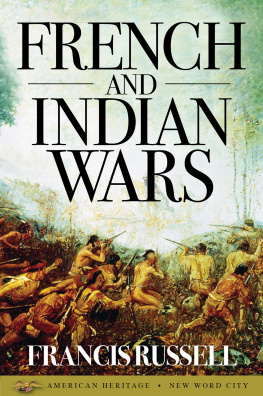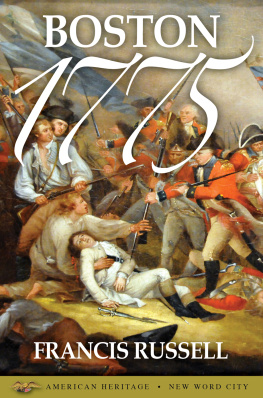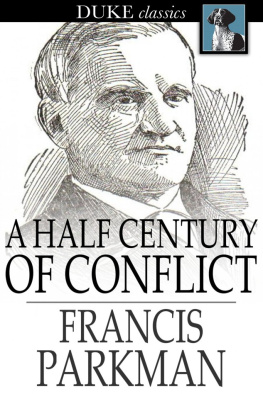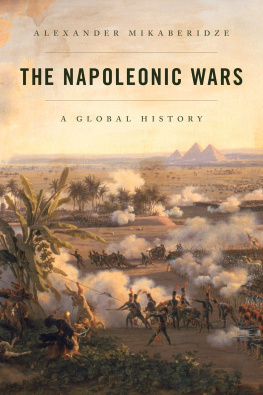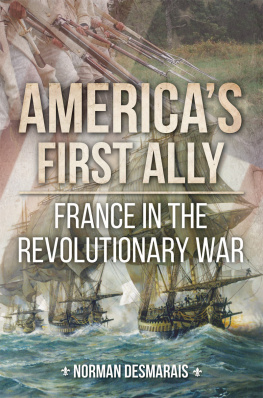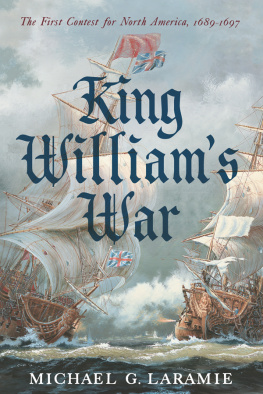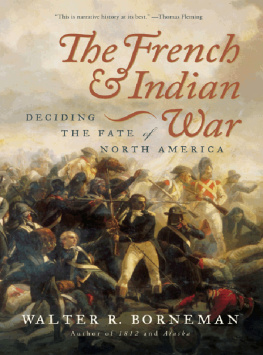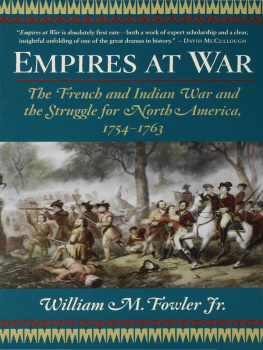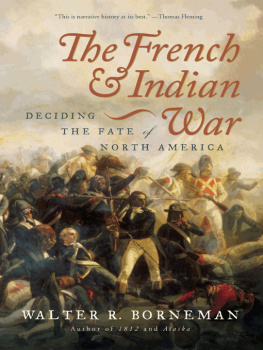The tiny palisaded settlement of Schenectady, New York, lay still and sleeping under a heavy blanket of snow. It was a bitterly cold February night in the year 1690. The villagers had been warned that a marauding band of Frenchmen and Indians from Canada was in the vicinity, but the warning had been ignored. The gates in the log wall were open, and only a pair of snowmen stood watch - the garrison of twenty-four militiamen was asleep.
Shortly after midnight, shadows flickered across the snow. Figures materialized at the gates and slipped inside, silently making their way among the houses until every one was surrounded. A war whoop split the frosty air; hardly had the sound stopped echoing in the ears of the drowsy inhabitants before the doors were driven in, and knife and tomahawk followed. The garrison, belatedly alert, perished to a man as the town blazed. Thirty-eight men and boys died in that night of terror, and twenty-two women and children. Only two Frenchmen were killed. Early the next morning, the attackers slipped away, carrying off twenty-seven prisoners and leaving behind blood-stained, smoking ruins. They marched toward Montreal, 200 miles to the north, and the white cold of the northern winter swallowed them up as silently as they had come.
The Schenectady massacre was the opening act of a great conflict that ran its bitter and bloody course through North America for seventy years. From 1690 to 1760, this conflict, the French and Indian Wars, blew sometimes hot, sometimes warm, but almost never cold. It was a war more savage than any practiced in Europe, one in which the victor stood to win a continent.
In Europe in the seventeenth and eighteenth centuries, kings joined or opposed other kings and started their wars over who should sit on the throne of Spain or Austria or inherit the Lowlands or the banks of the Rhine. Such wars were fought by soldiers drilled so rigidly that they seemed clockwork men in uniform, to be wound up and sent moving in straight lines toward each other across flat fields. Nobody fought in the wintertime, and one big battle every other year was considered quite enough. The officers on both sides were gentlemen, and they understood each other. War was the most dangerous of games, yet it was a game with fixed rules. It was against the rules, for example, to surrender a fortress until a breach had been made in the walls large enough to drive a gun carriage through.
For England, there was always the stern problem of the balance of power, of preventing any one country from dominating the Continent. So England, with varying allies, fought successively against France in the War of the Grand Alliance (1689-1697), the War of the Spanish Succession (1701-1714), the War of the Austrian Succession (1740-1748), and the Great War for the Empire (1754-1763).
In America, these wars were called King Williams War, Queen Annes War, King Georges War, and the French and Indian War. The final war gave its name to the whole seventy-year period of conflict in the New World; each was no more than a campaign in one great war between the English and the French for North America.
If the European phases of this worldwide struggle were commanded by gentlemen and fought according to fixed rules, the soldiers in the ranks were not gentlemen - in fact, they were scarcely regarded as human beings. Criminals or derelicts scraped out of the gutter, or farm boys impressed against their will, they were molded by a harsh, iron discipline. The goal of the drillmasters was to create a soldier who, without faltering, would march up to the muzzle of an enemy gun. Steps measured to drumbeat, two symmetrical lines of infantry - in pipe-clayed breeches, blue or green or white or red coats, powdered hair queued back under peaked brass helmets - would advance to within a few dozen yards of each other and fire point-blank.
At the Battle of Fontenoy in Belgium in 1745, as the French and the English infantry moved relentlessly toward each other, a young captain of the Grenadier Guards, Lord Charles Hay, marched out ahead of his men. Only a few yards from the French line he bowed, drank a toast from his flask, and called out, Gentlemen of France, fire first!
Lord Hay could not have made his gallant gesture in the New World. Advancing alone, he would have heard a war whoop and been scalped, or a marksman in the underbrush would have picked him off. European generals crossing the Atlantic could not grasp the idea that a battle might be fought in ways other than the slow advance of rigid ranks across a Flanders plain. For this they had been trained; this was the way it ought to be done - not with undisciplined militia in homespun and half-naked savages. In their contempt, marshals and generals with proud names and proud regiments often bred their own destruction.
Ever since their arrival in North America, the French and English had been at odds. Their opposing ways of life, their religion, and their habits, set them naturally against one another. The French had come to trade for furs and to convert the Indians, and as they set up their little posts around the Great Lakes and down the Mississippi Valley, they began to conceive of a mighty empire of New France. The English were not interested in converting the Indians but in getting rid of them, and although some were traders, most had come to get away from an empire rather than to found one. They built compact communities of fishermen and farmers along the eastern seacoast. By the middle of the eighteenth century, there were almost a million transplanted Englishmen along the coast and less than 80,000 Frenchmen in all the vastness of Canada.
From their numbers, the English should have had no difficulty in overwhelming the French and driving them out at any time. The trouble was that the numbers somehow did not add up. For all the limited manpower of the French colony, it was unified under one government directly responsible to the king. The English had thirteen separate colonies, settled by various colonists at various times for various reasons. The idea of united action simply did not occur to them. Indian raids in New Yorks Mohawk Valley did not trouble the sleep of Virginians; farmers in New Jersey were not concerned with scalpings along the Massachusetts borders. It took the drawn-out French and Indian Wars to begin to bring the colonies together.
From the start, the French formed a trading alliance with the Algonquin and Huron tribes to the west. Before long the formidable Iroquois of the Mohawk Valley began to hijack the fur-laden canoes of the Hurons. The Mohawk Valley was the one gateway through the mountain barrier to the Great Lakes and to Canada, and across that valley lay the Five Nations of the Iroquois - the Mohawks, Senecas, Cayugas, Oneidas, and Onondagas. (When the Tuscaroras joined in 1713, it became the Six Nations of the Iroquois.) These were the most able and ferocious of the North American tribes, fearing no others, and in turn, feared by all. At first they traded with the Dutch, then later they traded and tentatively allied themselves with the English, and in the end, they nearly destroyed the Hurons. But their alliance was always an uncertain one, and they became skilled in balancing the French against the English for their own advantage. Such was the situation in North America at the beginning of King Williams War.
William III of England went to war in May 1689, to block Frances attempt to dominate Europe. The next year, the conflict spread across the Atlantic when Count Frontenac, governor of New France, struck at the English colonies.
The indomitable Frontenac, although now seventy years old, had been sent to Quebec by his king the previous autumn as governor for the second time. Such a man of action was needed, for the heart had gone out of the despairing little colony. The Iroquois had grown contemptuously bold in their attacks. Not long before Frontenacs arrival, a large band overwhelmed the settlement of Lachine, near Montreal, slaughtering 200 men, women, and children and taking 120 captives; within sight of Montreal, they put their prisoners to the torture fires. The tribes of the Great Lakes were writing off their French allies and making overtures to the Five Nations. It was Frontenacs task to revive the failing colony, set the Iroquois by the heels, and restore French prestige by dealing a smashing blow at the English.

